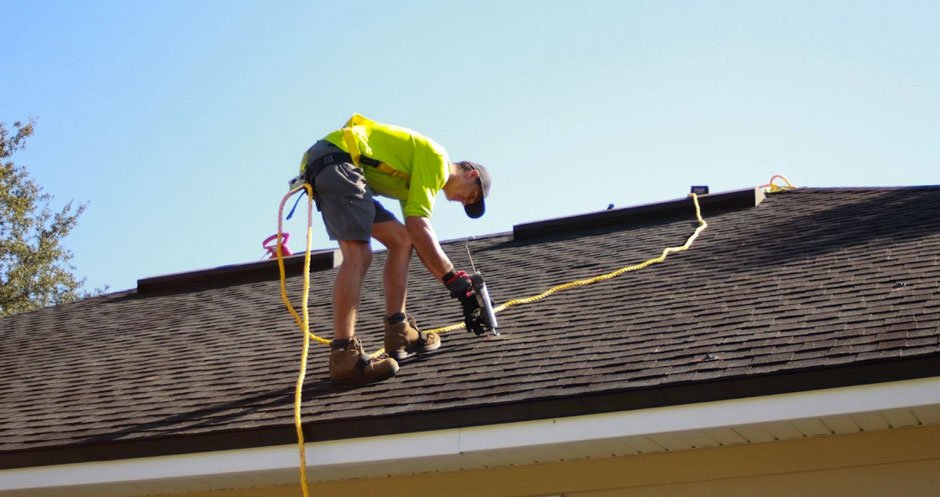The four walls and roof of your home keep family and possessions inside while intruders and the weather stay out. However, what happens when your roof starts leaking? Maybe it rained excessively, or your home is old and needs maintenance.
Most times, you can’t catch a leak until it starts leaking. Once it starts leaking, here is what to do.
Assess the Roof Damage
Before getting into repairs, you must know how bad the damage is. Start by finding the source of the leak. Climb up to your roof and look for signs of damage (missing shingles, cracks, damage around vents, pooling water). Other signs include damp spots or water stains to know where the leak is.
Check whether the leak is a steady stream or small drip, whether the ceiling is sagging, and whether the damage is severe.
Immediate Responses
Your first response is to place deep containers where the leak is. Use tubs, buckets, and trash cans to catch any leaking water and avoid a mess in your home. Move any furniture, carpets, and electronics away from the leak to prevent damage. Uses rags and towels to soak up any water on the floor.
If you can’t move the object, cover it with plastic or something thick to prevent damage. The last thing you want is water damage to fabric furniture and expensive electronics.

Temporary Roof Fixes
Until the professionals arrive, you need a temporary fix. There are two immediate temporary roof fixes to make:
- Use temporary sealant for minor leaks. To slow the leak until the experts arrive, try patching the hole with waterproof sealant or cement.
- If there is a large leak or you can’t safely access the source of the leak, use a tarp to cover the exposed areas. Fasten the tarp with ropes, weights, or both to prevent it from flying away if the wind blows in.
Find a Professional Roofer
Avoid making major roof repairs on your own. Leaking roofs are tricky to work with and require expert intervention. Ask friends and family for recommendations, look up online reviews for roofers near you, and choose an option that is properly licensed and insured—you want expert intervention.
Ask professional roofers if they offer emergency roof repair services if the leak is hefty. An emergency repair can fix the problem until a proper do-over is made. Most professional roofers offer emergency repair, but make sure you ask beforehand.
Prevent Future Leaks
Roof leaks are incredibly inconvenient but a part of home ownership, after all. Here are some preventative measures to avoid future leaks:
- Have a professional roofer inspect your roof once every six months. Also, have them come in after a severe weather event that might have damaged something. Most times, your roof will be unscathed, but if there is damage, the roofer will find it.
- Address any issues, even if they are small. Roof leaks start small before eroding into a severe problem. Get any loose flashing or missing shingles fixed to prevent inconvenience later.
From seepage and mold to an overall weaker structure, a leaky roof causes major concerns for your home. When faced with a leaky roof, follow these steps to remedy the situation:
- Assess the extent of roof damage to determine whether expert intervention is necessary.
- After locating the leak, do what you can to plug it in temporarily so the water doesn’t cause any more damage.
- If you can’t find the leak, call in the experts. Professional roofers will find the source, repair it, and ensure it doesn’t return. Keep their contact information on hand for a roof inspection once or twice a year, especially after a significant weather event.

